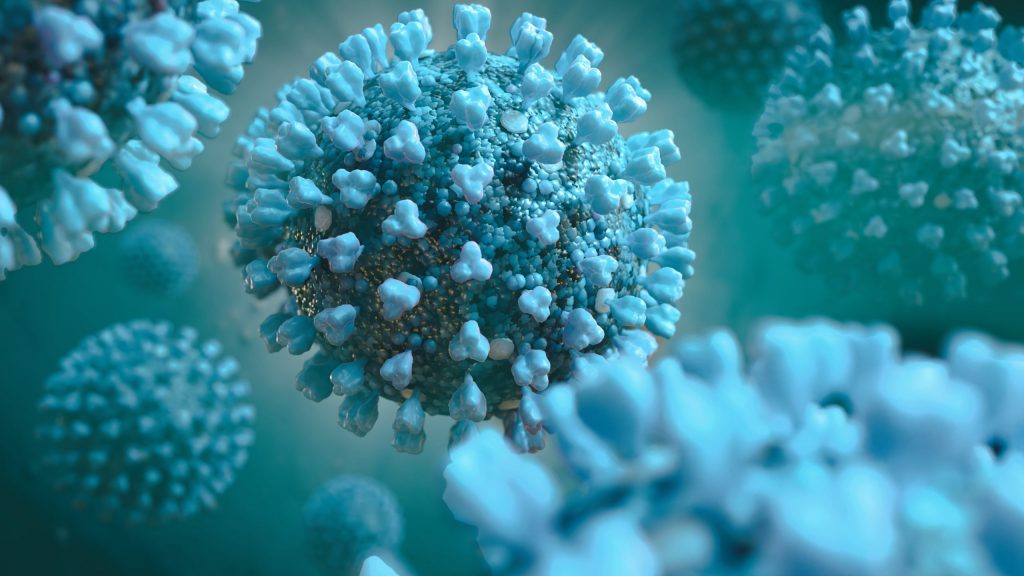FREE Shipping on Orders over $89 with Account – Create One Today!
- (844)-859-9400
- Get Help

For decades, hospitals and doctor’s offices have established protocols around infection control. When medical professionals are assisting patients in a healthcare setting, it’s taken for granted that infection control is of paramount importance. But standards in home care — particularly when family members or a non-medical agency is assisting — have too often flown under the radar.
COVID-19 has highlighted how quickly infection spreads both in healthcare and home care settings. For your own or a loved one’s treatment at home, here’s what you should keep in mind to reduce the spread of infection.
At-home medical care can seem limiting, but that doesn’t mean you or a visiting aide can’t be attentive to how infection spreads. Precautionary measures include:
– Following the same infection control guidelines that hospitals and other medical facilities use to stop the spread of germs, bacteria and other microorganisms.
– Ensuring all supplies for appropriate care are available and accessible.
– Making sure all supplies are handled and stored properly.
To halt the spread of infection in a home care setting:
Thorough hand washing, followed by use of a medical-grade hand sanitizer, is the first line of defense against the spread of microorganisms. Both family members and in-home aides are advised to follow the recommendations for washing hands by the Centers for Disease Control and Prevention (CDC). As a key preventative measure, always wash your hands after you come in contact with the patient and anything they have recently touched or been exposed to.
Anything the caretaker and patient come in contact with should be thoroughly cleaned and disinfected. This means washing down the surface first to remove any debris and residue, then applying a disinfectant. A routine procedure, this practice should be done once per day at minimum or before any medical procedure begins.
Especially if you are new to caretaking, understand that disinfection and sterilization are not the same processes and require different sets of supplies.
Ethyl alcohol is ideal as a disinfectant, while a more powerful solution with chemicals, heat or steam may be needed to fully sterilize all medical supplies.
From dry skin to preventing pressure sores, skincare is integral to hygiene and infection prevention at home. Make sure you or a caretaker:
Monitors the quality of the patient’s skin, ensuring it remains dry, clean and free of pressure sores.
– Applies moisturizer if patches or areas appear dry or cracked.
– Shifts the patient’s position if they are non-ambulatory or experience mobility issues.
– Applies a dressing to keep out germs and moisture if the patient experiences a cut or abrasion.
– Understands proper wound care and dressing change protocols to prevent an infection from occurring and spreading.
If you are in change of or overseeing a loved one’s care from home, find hand soaps and sanitizers, disinfectants, skincare and wound care essentials to have conveniently accessible.
Sources:
https://homehealthcarenews.com/2020/06/home-care-agencies-starting-to-wake-up-to-infection-control/
https://www.wolfmed.com/blog/infection-control-for-home-care-environments/
https://www.redi-nurse.com/caregiving-tips-for-infection-control-in-your-home
